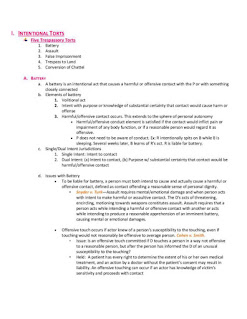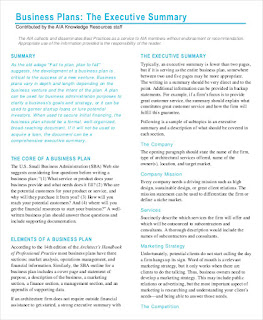Unleashing Your Creativity: English Essay Inspiration
Writing an English essay can be a challenging task, especially when it comes to finding inspiration. Whether you are a student or a professional, there are times when the ideas just won't flow, and you find yourself staring at a blank page. The good news is that inspiration is all around you – you just need to know where to look for it. In this article, we will explore some effective ways to find inspiration for your English essays.
Read and Research
One of the best ways to find inspiration for your English essays is by reading extensively on the topic you are writing about. Visit your local library or explore reputable online sources to find books, articles, and scholarly papers that provide in-depth information on the subject. Immerse yourself in the knowledge and ideas shared by others, and use them as a springboard for your own creativity. Taking notes while reading can also help spark new ideas and connections.
Find a Unique Angle
Many topics have been written about extensively, but that doesn't mean you can't approach them from a unique perspective. Look for angles or aspects of the topic that have not been explored in-depth or consider bringing a fresh perspective to it. By offering a unique viewpoint, you can breathe new life into your essay and engage your readers. Remember, originality is key when it comes to standing out in the world of essays.
Tap into Personal Experiences
Personal experiences can serve as a rich source of inspiration for your English essays. Think about events or moments in your life that have had a significant impact on you. It could be a travel experience, a personal challenge you overcame, or even a book that profoundly influenced your thoughts. By incorporating personal anecdotes and reflections into your essay, you not only add a touch of authenticity but also create a powerful connection with your readers.
Engage in Brainstorming
Brainstorming is a simple yet effective technique to generate ideas for your English essay. Dedicate some time to sit down with a pen and paper, and jot down any and every idea that comes to mind. Don't worry about structure or coherence at this stage – the goal is to release your mind and let the ideas flow freely. Once you have a list of ideas, you can then evaluate and select the ones that resonate with you the most, allowing your creativity to take the lead.
Explore Different Formats
Another way to find inspiration for your English essay is to explore different formats of writing. For instance, if you typically write in a formal and academic style, try experimenting with a more creative and narrative approach. Similarly, if you usually stick to traditional essays, why not explore the world of poetry or short stories? Venturing into new writing styles and formats can not only inspire you but also add variety and depth to your essay.
Discuss with Peers or Mentors
Discussing your ideas and thoughts with others can often bring fresh perspectives and insights. Reach out to your peers, classmates, or mentors who can provide valuable feedback and suggestions. Engaging in conversations about your essay topic can help you gain new insights, challenge your own thoughts, and ultimately find your inspiration. Don't be afraid to seek guidance or bounce off ideas with others – collaboration can be a powerful tool in the creative process.
Conclusion
When it comes to finding inspiration for your English essays, remember that it can come from various sources. By reading extensively, finding unique angles, tapping into personal experiences, brainstorming, exploring different formats, and discussing with others, you can unlock your creativity and produce remarkable essays. So, next time you feel stuck, take a step back, embrace these techniques, and let inspiration guide your writing journey.








